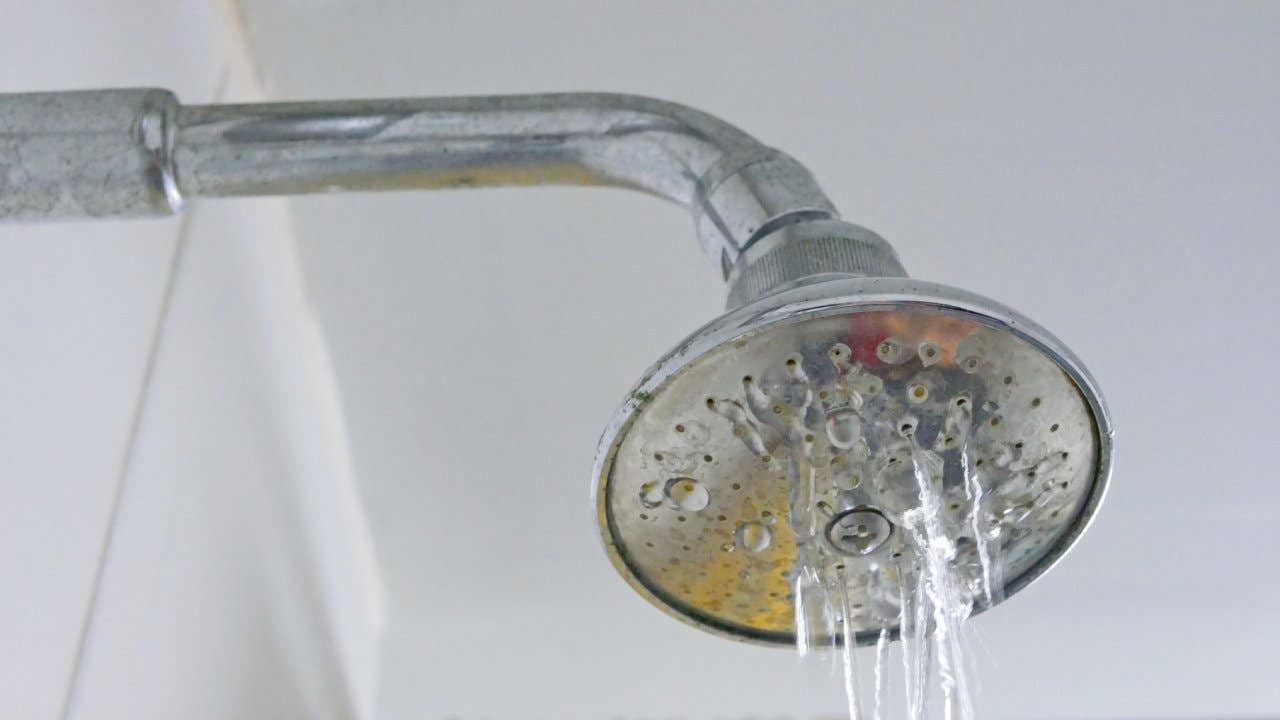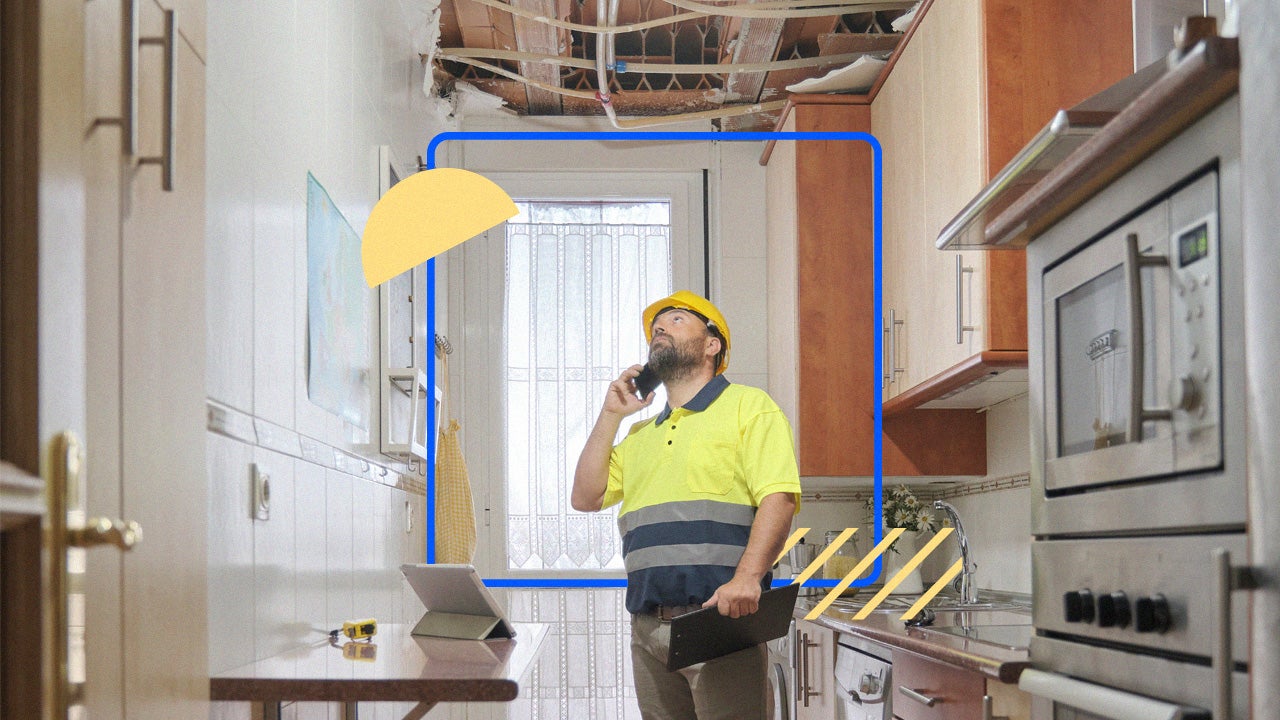Little things, big problems: warning signs of structural damage in your home

It often starts small. A gurgling toilet. A protruding floor nail. A dark spot on an otherwise pristine ceiling.
Serious structural problems in a home are often indicated by a seemingly insignificant item or change. Here are some examples of easily overlooked issues that could suggest trouble brewing, how to check, and what sort of home repairs might be warranted.
Balky doors
The warning sign: Your door is sticking or won’t close all the way.
What it may mean: You might be tempted to just fiddle with the door until it closes — but consider why it is doing this. It could be as simple as a latch or hinges not working properly, or it could be a sign that the foundation of your home has shifted, potentially as the result of the structure settling or experiencing pressure from expanding clay, soil or other material.
What to do/steps to take: Consider taking a look at the door and its frame first. You might be able to spot issues with how the latch and the strike plate are engaging with one another or might simply need to tighten some screws in order to fix the problem. But if you’re still experiencing a door that won’t close or sticks, you might want to call in a professional — a contractor who can look at the door as well as your foundation and determine if there might be a bigger problem that requires addressing.
Sloping floors
The warning sign: Things roll when they drop on your floor, or nails suddenly seem to protrude or even pop out.
What it may mean: Sloping floors aren’t always easy to spot because the change can be subtle, but your floors may become less than level over time. In some cases, it can simply be the floor settling or expanding and contracting as the weather changes. But oftentimes, it’s worse than that. The uneven nature can result when the joists — structural support for the floor — become rotted or broken. The resultant sag is what makes fasteners seem more prominent.
What to do/steps to take: To really know what is going on with your floors, you’ll need to call in a professional. It’s possible that this problem is affecting the integrity of your home and needs to be addressed sooner rather than later. Best case scenario, your floor was just installed improperly — but if that’s the case, you’ll still want a professional to redo it for you.
Ceiling stains
The warning sign: Spots or patches on your ceiling that are a different color than the rest of it.
What it may mean: On top of being unsightly, ceiling stains often suggest bigger problems like water damage. Ceiling stains can be caused by leaky pipes, condensation, ice dam damage, or hard water. It can come from internal sources like your HVAC system or external ones like a leak in the roof. Ceilings don’t just change color on their own, so know that something caused it and you’re going to need to figure out what.
What to do/steps to take: Because of the number of potential issues that could cause ceiling stains, it may be hard to identify on your own. Try inspecting the roof or the room right above the stain for leaks (especially if it’s a bathroom); that may at least point you in the right direction of the issue. But you’ll likely want to call in a professional roofer or a plumber to really pinpoint and repair the leak.
Window cracks
The warning sign: A crack abruptly appears in your window. And no one’s been playing ball or golf around the house.
What it may mean: It could just be abrupt changes in weather conditions: Stress or pressure cracks often occur because glass expands and contracts as it experiences heat and cold. These cracks are typically perpendicular or hourglass-shaped, whereas an impact crack has a starburst shape. However, it could also mean your window frame wasn’t installed properly, or that the home’s exterior has shifted.
What to do/steps to take: Check the window frame to see if it’s level and examine your home’s siding. If you see more cracks, call a contractor; there may be some structural problems. No matter what, you’re going to have to call a glazier to get that glass replaced — the crack will only grow, and it will make opening or closing the window dangerous.
Bulging washing machine hose
The warning sign: The hose that connects your washer/dryer to the water supply looks bigger. A lot bigger. Or it’s developed a balloon.
What it may mean: Washing machine hoses can, over time, start to bulge. This is the result of high water pressure regularly running through them and causing the rubber hose to eventually expand like a balloon. When this happens, the hose is starting to lose integrity and it’s only a matter of time before it bursts, which can cause flooding and water damage to your home.
What to do/steps to take: If you notice your washing machine hose is bulging, you can replace it yourself. Pick up a replacement hose from your local home store — and consider springing for a steel hose that will last longer so you won’t have to replace it again any time soon.
Bubbling or chipping paint
The warning sign: You notice imperfections in the paint on the walls or ceilings.
What it may mean: It could just be a bad paint job. But if you’re noticing it seemingly out of nowhere, there may be bigger problems. There could be a leak in the plumbing behind the walls that is resulting in the paint chipping or bubbling.
What to do/steps to take: Don’t just paint over the problem. Check first to see if you feel any dampness and if so, if you can identify a leak. You may want to call in a plumber to inspect the area and the pipes behind it before doing anything else.
Slow or noisy water flow
The warning sign: You aren’t getting the same level of gush that you used to, no matter what setting you put on that new-fangled shower head. Or you hear a gurgling sound from the toilet.
What it may mean: The water pressure has dropped off. Water pressure problems typically don’t happen all at once, but you may notice them building up over time. They can be caused by rusting or corrosion within the lines of the pipes, buildup from hard water or silt, or even a clog. These all cause airlocks, resulting in what the pros call “negative pressure.”
What to do/steps to take: You can do some groundwork investigation by asking your neighbors about their water pressure to make sure it’s not a widespread issue, checking for leaks around your home, or picking up a pressure gauge and checking the water pressure levels yourself. If you suspect a clog, you can try clearing it on your own. But if that doesn’t work, or the problem runs deeper, you’re likely going to need to call in a professional to repair or replace the pipes.
You may also like

10 reasons small businesses fail (and how to avoid them)

What is a homeowners insurance peril and how does it work?




